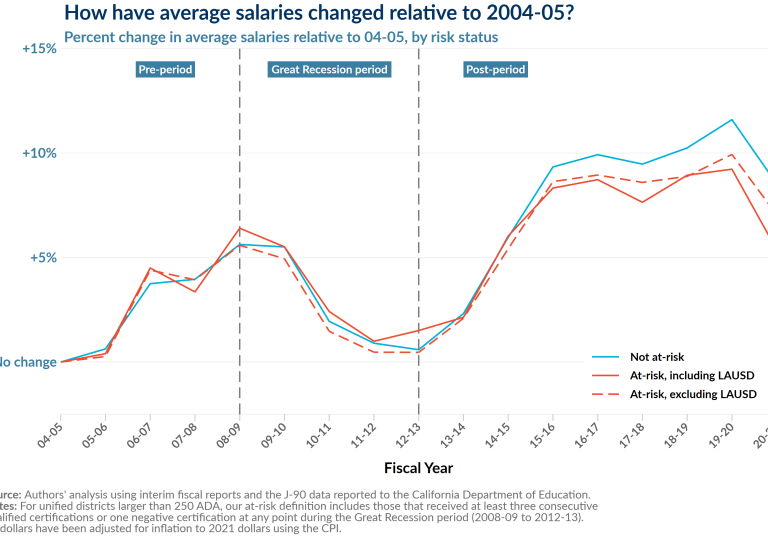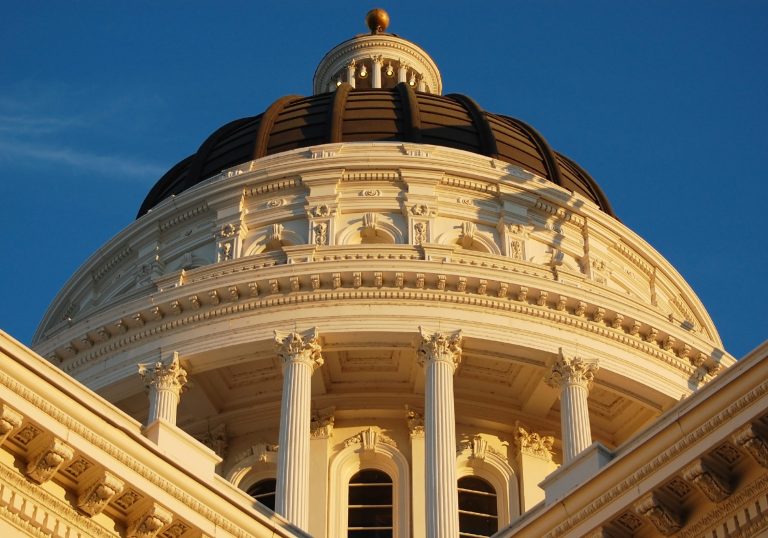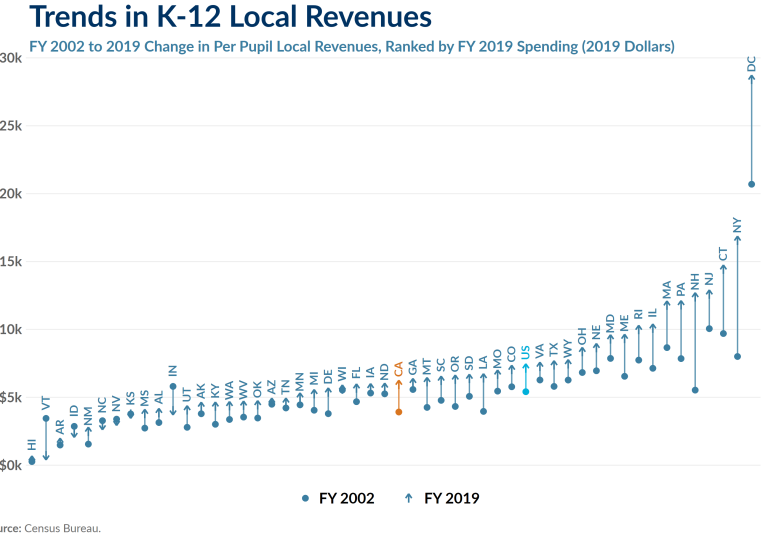How Is Pension Spending Affecting U.S. School Districts?
Summary
State and local government decisions about how school funding is raised and allocated have profound impacts on American public education, and in recent years, some experts have warned of increases in one type of spending in particular: public pensions. Until this point, however, it has been difficult to assess how school districts’ pension costs have changed over time or how local and state governments have been responding. In this paper, I analyze a new dataset of the annual pension expenditures of approximately 200 unified school districts across the United States from 2005 to 2016. I find that pension expenditures rose in real terms in most of them, but also that there has been significant variation in that growth. Moreover, larger within-district pension expenditure growth is associated with 1) greater revenue growth in the subsequent year and 2) reductions in school district employment, mainly through reductions in the number of non-teaching staff. Finally, there is evidence that districts’ responses to rising pension costs depend on state political institutions, in particular whether the states have mandatory collective bargaining for teachers.









